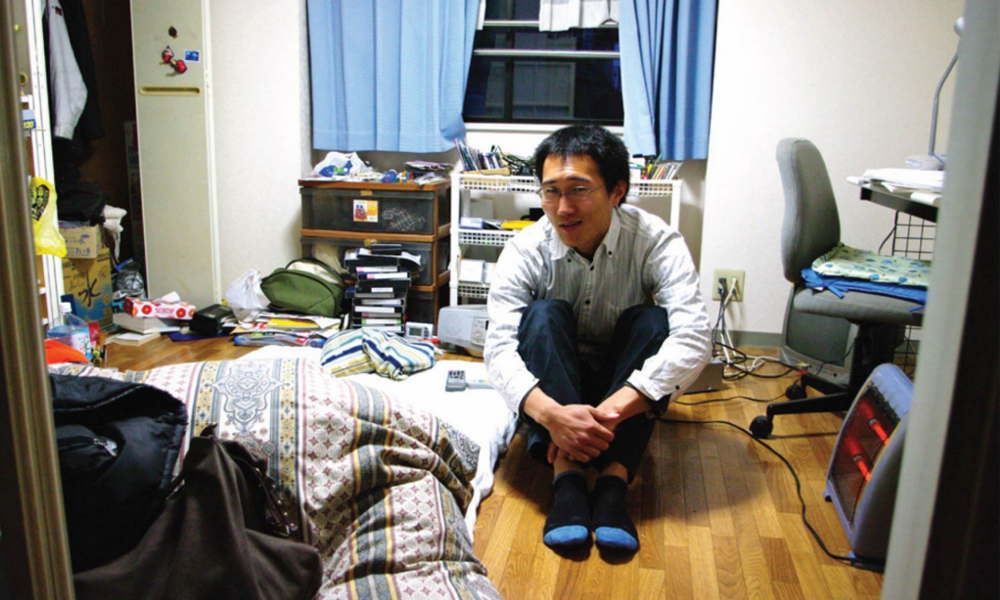Anxiety disorders
 All of us worry about something from time to time. We might worry that we are going to miss our bus and be late for a date. Or that we are going to have to do an oral presentation for which we feel not 100% prepared. Or the worry could be more chronic - for example, worrying about one's financial situation or a chronic health problem.
All of us worry about something from time to time. We might worry that we are going to miss our bus and be late for a date. Or that we are going to have to do an oral presentation for which we feel not 100% prepared. Or the worry could be more chronic - for example, worrying about one's financial situation or a chronic health problem.
Anxiety disorders are a range of disorders that share the common characteristic of a feeling of "anxiety" - that is, an emotional response characterized by feelings of tension, worried thoughts, and physical changes related to the stress response.
Prevalence of anxiety disorders
Anxiety disorders are the most common of mental disorders and affect nearly 30 percent of adults at some point in their lives. They are also the most common psychiatric condition in young people. For example, the prevalence rate for any anxiety disorder in American adolescents is 31.9%. Research shows that anxiety disorders occur early in childhood with a median age of onset of 6 years. These disorders lead to significant impairment in academic, social, and family functioning.
The media often makes the claim that anxiety disorders are on the rise in teenagers. In many cases, they argue that social media is to blame. But is there any evidence that anxiety disorders are higher today than 20 or 30 years ago?
Curran and Hill (2017) The researchers carried out a meta-analysis of 164 studies with a total sample size of 41,641 American, Canadian, and British university students who completed the Multidimensional Perfectionism Scale between 1989 and 2016. 70.92% of the sample was female. The study concludes that these changes in perfectionism correlate with increased levels of stress and mental illness among the younger generation. They found that five times as many students in 2007 surpassed thresholds in more than one mental health category than they did in 1938. Anxiety and depression were six times more common.
Diagnosing anxiety disorders
Anxiety disorders in the DSM 5 include several different disorders. The most "basic" disorder is called Generalized Anxiety Disorder, a form of constant worry that has both psychological and physical effects.
- The presence of excessive anxiety and worry about a variety of topics. Worry occurs more often than not for at least 6 months.
- The worry is experienced as very challenging to control.
- The anxiety and worry are accompanied with at least three of the following physical or cognitive symptoms:
- Edginess or restlessness
- More fatigued than usual
- Impaired concentration
- Irritability (which may or may not be observable to others)
- Increased muscle aches or soreness
- Difficulty sleeping (due to trouble falling asleep or staying asleep, restlessness at night, or unsatisfying sleep)
Often when someone has one anxiety disorder, they have others as well. This is known as comorbidity. Because Generalized Anxiety Disorder is often comorbid with either Panic Disorder and/or agoraphobia, we will be looking at all three of these anxiety disorders in this unit.
The lifetime prevalence of panic disorder is about 2 percent for men and more than 5 percent for women in the US. However, the prevalence of the disorder varies cross-culturally. In Taiwan, the prevalence of panic disorder is quite low, but this could be because of the stigma of reporting mental health problems. It is estimated that more than 80 percent of patients diagnosed with another anxiety disorder also experience panic attacks, although they may not experience them frequently enough to be diagnosed with panic disorder.
A panic attack is an abrupt surge of intense fear or anxiety that reaches a peak within minutes and during which time four or more of the following symptoms occur:
- Palpitations, pounding heart, or accelerated heart rate
- Sweating
- Trembling or shaking
- Sensations of shortness of breath or smothering
- Feeling of choking
- Chest pain or discomfort
- Nausea or abdominal distress
- Feeling dizzy, unsteady, lightheaded, or faint
- Depersonalization (being detached from oneself)
- Fear of losing control
- Paresthesias (numbness or tingling sensation)
 Agoraphobia is the anxiety that occurs when one is in a public or crowded place. Often the anxiety is based on the fear of having a panic attack in public. Eventually, this anxiety may lead to a person withdrawing from society. According to the DSM-5, agoraphobia is present in approximately 1.7% of the general population. There is an increase in the risk of development of agoraphobia in late adolescence and early adulthood, with the overall average age at onset being 17 years.
Agoraphobia is the anxiety that occurs when one is in a public or crowded place. Often the anxiety is based on the fear of having a panic attack in public. Eventually, this anxiety may lead to a person withdrawing from society. According to the DSM-5, agoraphobia is present in approximately 1.7% of the general population. There is an increase in the risk of development of agoraphobia in late adolescence and early adulthood, with the overall average age at onset being 17 years.
Agoraphobia has different manifestations across cultures. Hikikomori is a form of anxiety that was believed to be particular to Japanese culture. However, now there is evidence of the disorder in South Korea, China, and even in non-Asian countries like Ukraine.
Hikikomori has some characteristics that are specific to this cultural variation - including extensive use of the Internet and gaming, as well as a history of peer rejection or fear of not meeting parental expectations for school.A significant fear or anxiety about two (or more) of the following five situations:
- Using public transportation
- Being in open spaces
- Being in enclosed public spaces (e.g., shops, theaters, cinemas)
- Standing in line or being in a crowd
- Being outside the home alone.
Finally, one of the complications of discussing anxiety disorders is that, in addition to the fact that one anxiety disorder is often comorbid with another, they are also often comorbid with clinical depression. A study by Bitsika and Sharpley (2012) found an incidence rate of 32% for anxiety-depression comorbidity in a sample of Australian university students. This is four times the rate for anxiety or depression alone. Comorbidity of anxiety and depression is a more serious disorder than either anxiety or depression alone, and appears to exist in large proportions among university students. This is why you may see that in many of the treatments for anxiety disorders, anti-depressants are also used.

 IB Docs (2) Team
IB Docs (2) Team
